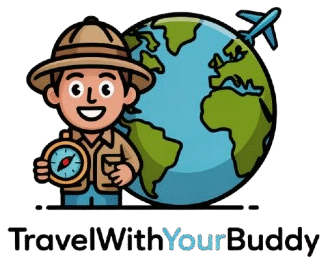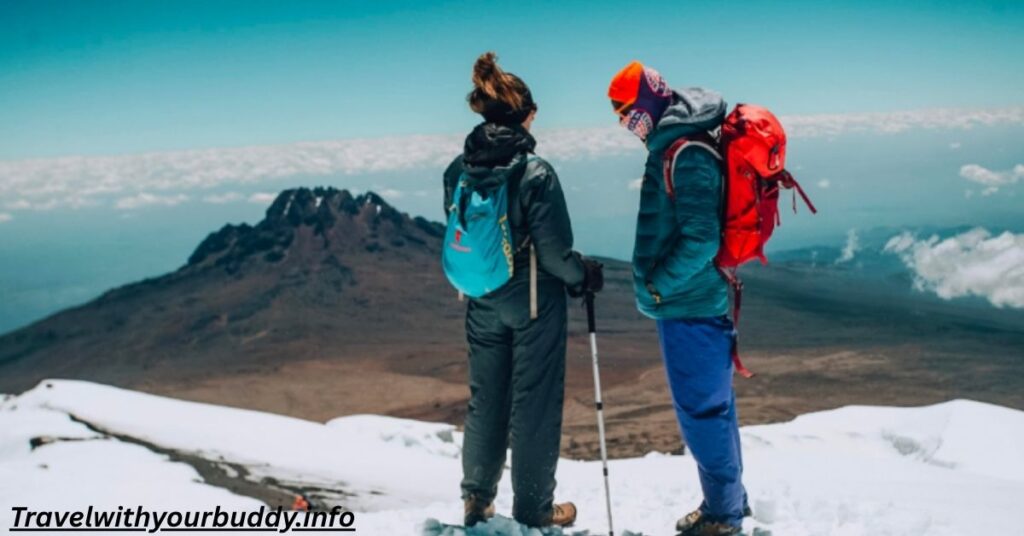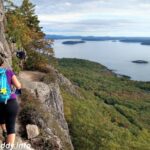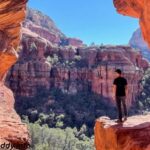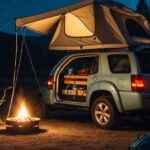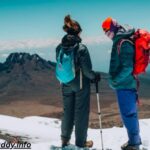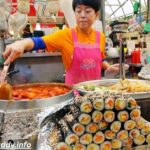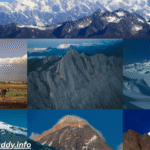Climbing Mount Kilimanjaro is a dream for many outdoor enthusiasts. It’s the highest mountain in Africa, rising above the plains of Tanzania in East Africa. This massive free-standing mountain reaches 19,341 feet (5,895 meters). It belongs to the famous seven summits, drawing people from all over the world.
The climb takes you through five climate zones. You’ll start in the rainforest and end on a snow-capped peak. Kilimanjaro is a dormant volcano and part of Kilimanjaro National Park. It offers a unique adventure. But there are things I wish I had known before my Kilimanjaro trek.
Why Climbing Kilimanjaro Feels So Different
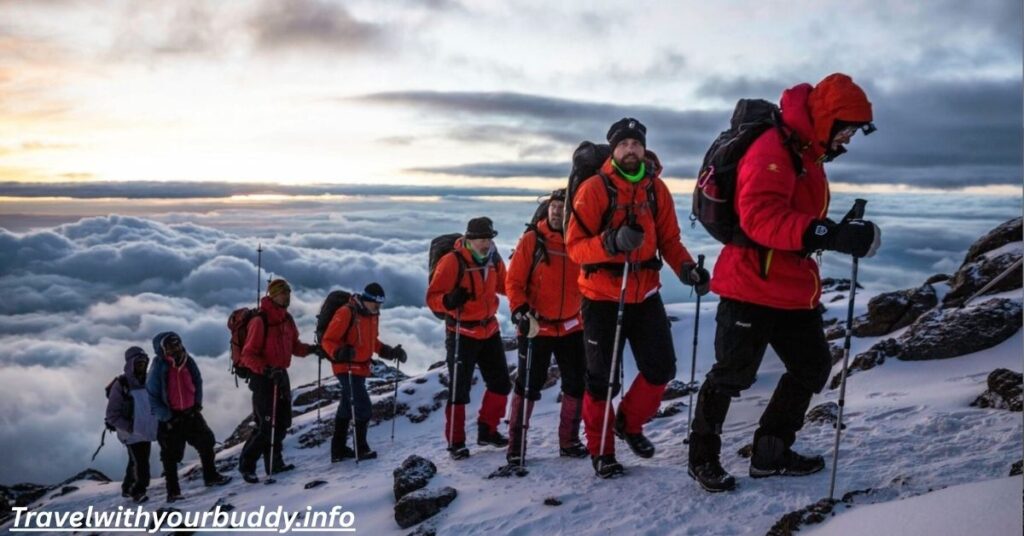
The Kilimanjaro climb is not like a regular hike in the Rockies. You move from hot forest to icy summit. It tests your body and your mind. Many people feel the effects of altitude sickness early on.
It surprised me how tiring slow walking could be at high elevation. The climb isn’t technical, but it’s demanding. The slow pace helps your body with acclimatization, but it can be mentally hard.
Kilimanjaro Hike Routes
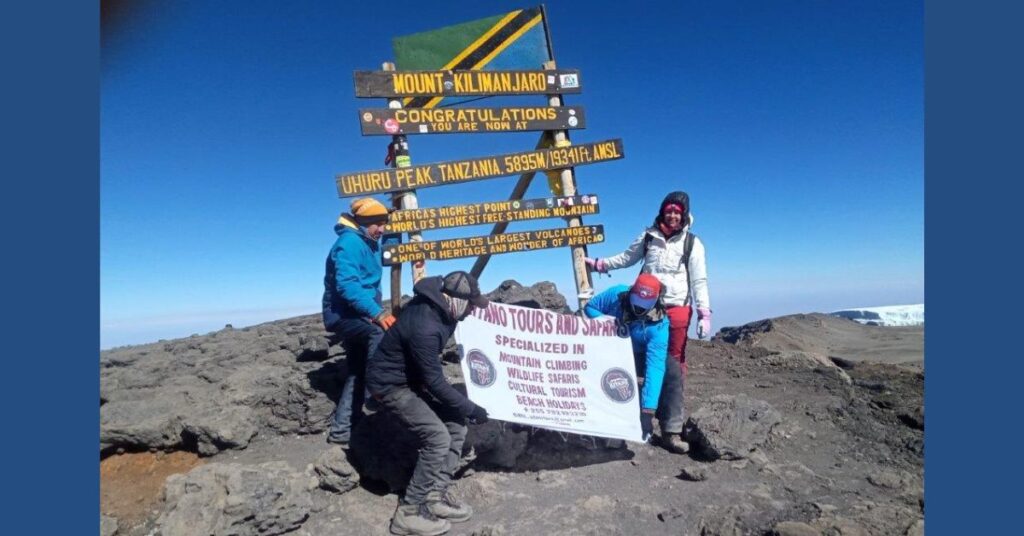
There are seven main Kilimanjaro routes. Each one leads to Uhuru Peak, the Kilimanjaro summit. These include:
| Route Name | Duration (Days) | Difficulty | Scenery | Acclimatization |
| Marangu route | 5-6 | Medium | Moderate | Lower |
| Machame route | 6-7 | Challenging | Very Scenic | Good |
| Lemosho route | 7-8 | Moderate | Excellent | Excellent |
| Shira route | 7-8 | Hard | Scenic | Fair |
| Rongai route | 6-7 | Moderate | Quiet | Moderate |
| Umbwe route | 5-6 | Very Hard | Steep | Poor |
| Northern Circuit route | 9 | Longest | Stunning | Best |
If I could go back, I’d choose Lemosho or Northern Circuit. They give you more time for acclimatization, which helps the summit success rate.
When Is the Best Time to Climb Mount Kilimanjaro?
The mountain weather can change fast. But the best time to climb is during the dry seasons. These run from January to early March and June to October.
Avoid the rainy season, which makes trails slippery. Dry months mean better views and safer climbs. The summit experience is also more enjoyable in clear skies.
What Should I Pack for a Kilimanjaro Climb?
Packing right makes or breaks your trek. Your trekking gear must suit cold, rain, and sun. Bring layers, not just thick clothes.
You’ll need:
| Essentials | Why It’s Important |
| Hiking boots | Comfort and grip on mixed terrain |
| Sleeping bag | Warmth at cold campsites |
| Trekking poles | Support during steep descents |
| Headlamp | Needed for summit night |
| Gloves, hat, wool socks | Keeps you warm |
| Medical kit | Treat blisters, pain, and altitude |
| Snacks and water bottle | Keeps your energy up |
Use a full packing list from your climbing company. Don’t bring too much, but don’t skip key items.
How Much Does It Cost to Climbing Kilimanjaro?
Climb Kilimanjaro cost depends on your route and operator. U.S. travelers often pay more due to travel and gear.
Here’s a rough breakdown:
| Item | Estimated Cost (USD) |
| Trekking Package | $1,500 – $3,500 |
| Flights (from USA) | $800 – $1,500 |
| Gear (buy/rent) | $300 – $1,000 |
| Tipping | $300 – $400 |
| Hotel (before/after) | $50 – $200 per night |
| Visa and insurance | $100 – $200 |
The trip isn’t cheap, but it’s worth it. A good Kilimanjaro tour operator includes meals, porters, and tents. Some offer all-inclusive climbs.
Find & Book Your Climbing Kilimanjaro Trip
Choose trusted trekking tours that run their own trekking operations. Avoid brokers who don’t know the mountain. Look for real client testimonials and a solid TripAdvisor rating.
Start planning early. U.S. climbers should book at least 6 months in advance. It gives you time to train and gather gear.
Meet Your Kilimanjaro Guides
Your Kilimanjaro guides are the heart of the climb. They are medically trained guides, know the trails, and check your oxygen saturation.
They carry bottled oxygen and a portable stretcher. Many are also wilderness first responders. They’ll help with fitness preparation and spotting signs of altitude sickness.
All Kilimanjaro Tours Start Here
The journey begins at the airport. Your travel specialists pick you up and take you to Moshi or Arusha. You rest, meet your team, and check your gear.
The first day is called Day 0. It’s key for recovery and safety. Ask questions and listen to your mountain guides.
Kilimanjaro Hotels
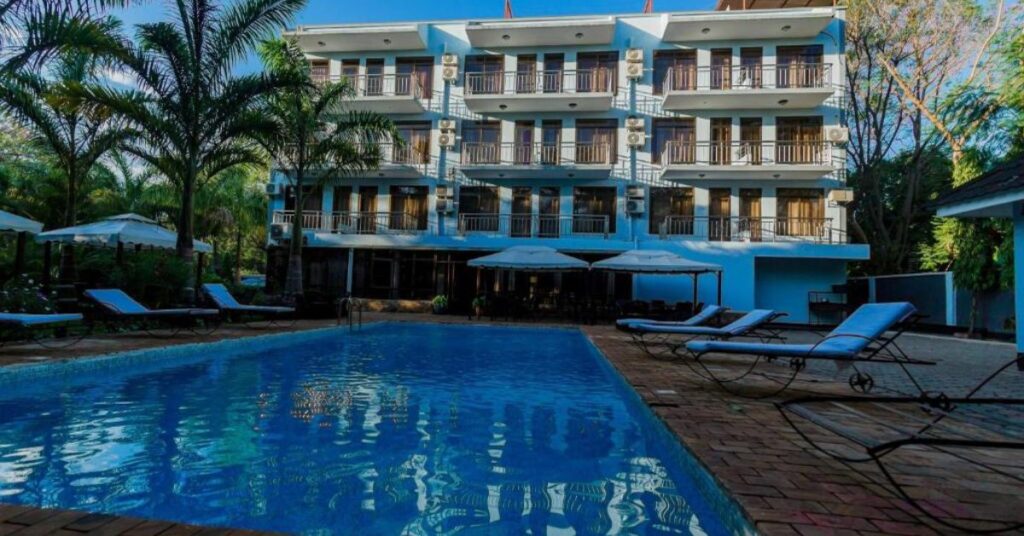
After days of trekking to the Kilimanjaro summit, you’ll want a clean bed, a hot shower, and maybe even a swimming pool. Whether you’re resting before your climb or recovering after, picking the right hotel is important. Here are the top hotels near Kilimanjaro National Park that climbers love. They’re located mostly in Moshi, the town where most guided climb tours begin.
Panama Garden Resort : Affordable Comfort for Climbers
Panama Garden Resort is a favorite among budget trekkers. It’s where many guided expeditions base their operations. The hotel offers clean rooms, warm showers, and fast Wi-Fi. There’s a restaurant with buffet-style meals and a small bar for relaxing evenings.
Climbers love the friendly staff who understand the needs of hikers. Many trekking companies use this hotel as their official meeting point. It’s not fancy, but it’s reliable, peaceful, and close to everything in town.
Distance from Kilimanjaro Gate: About 45 minutes
Best For: Budget travelers and group treks
Amenities: Free Wi-Fi, breakfast, laundry service, airport pickup
Brubru Lodge : A Peaceful Escape Before Your Trek
Brubru Lodge is perfect if you want a calm, quiet place to relax before or after your Mount Kilimanjaro trekking trip. It’s surrounded by nature, giving it a cozy, lodge-like feel. The rooms are simple but well-kept. The gardens are peaceful, and the views are beautiful.
The staff here know a lot about Kilimanjaro tours and will help you feel at home. This lodge is ideal if you prefer tranquility over town noise.
Distance from Kilimanjaro Gate: Around 50 minutes
Best For: Couples, solo hikers, nature lovers
Amenities: Garden seating, hot showers, Wi-Fi in common areas
Kilimanjaro Wonders Hotel : 4-Star Luxury After the Climb
If you’re looking for comfort and luxury, Kilimanjaro Wonders Hotel is the best choice. This 4-star hotel has modern rooms, a swimming pool, a spa, and even a gym. It’s great for relaxing after reaching the snow-capped peak of Kilimanjaro.
The rooftop terrace gives you amazing views of Mount Kilimanjaro. Many climbers book this hotel for the end of their trip as a reward. It’s also great for families or anyone looking for a hotel that has a bit of everything.
Distance from Kilimanjaro Gate: 40–45 minutes
Best For: Families, luxury travelers, post-climb recovery
Amenities: Pool, fitness center, restaurant, business center, free Wi-Fi
Trekking Type
Mount Kilimanjaro trekking is not like American hiking. This is a mountain expedition. You hike all day, eat hot meals, and sleep in tents or huts.
Most climbs are supported by a team. They carry your gear and cook your food. This is what guided climb tours are all about.
FAQ’s : Climbing Kilimanjaro
Can I get altitude sickness?
Yes. It affects many people. Choose longer routes for better acclimatization.
Do I need to be super fit?
No, but fitness preparation helps. Train by hiking long distances.
Is the summit hard?
Yes. Uhuru Peak is tough. You climb at night in cold air. But it’s worth every step.
Can I climb alone?
No. You must join a guided group by law in Kilimanjaro National Park.
Are the guides trained?
Yes. Good guides have medical training and speak English well.
Is the view worth it?
Totally. Reaching the snow-capped peak after days of climbing is magical.

I’m Freya Collins, an experienced travel writer passionate about helping others explore the world. At TravelWithYourBuddy.info, I share practical tips, guides, and insights from my journeys to inspire confident and meaningful adventures.
